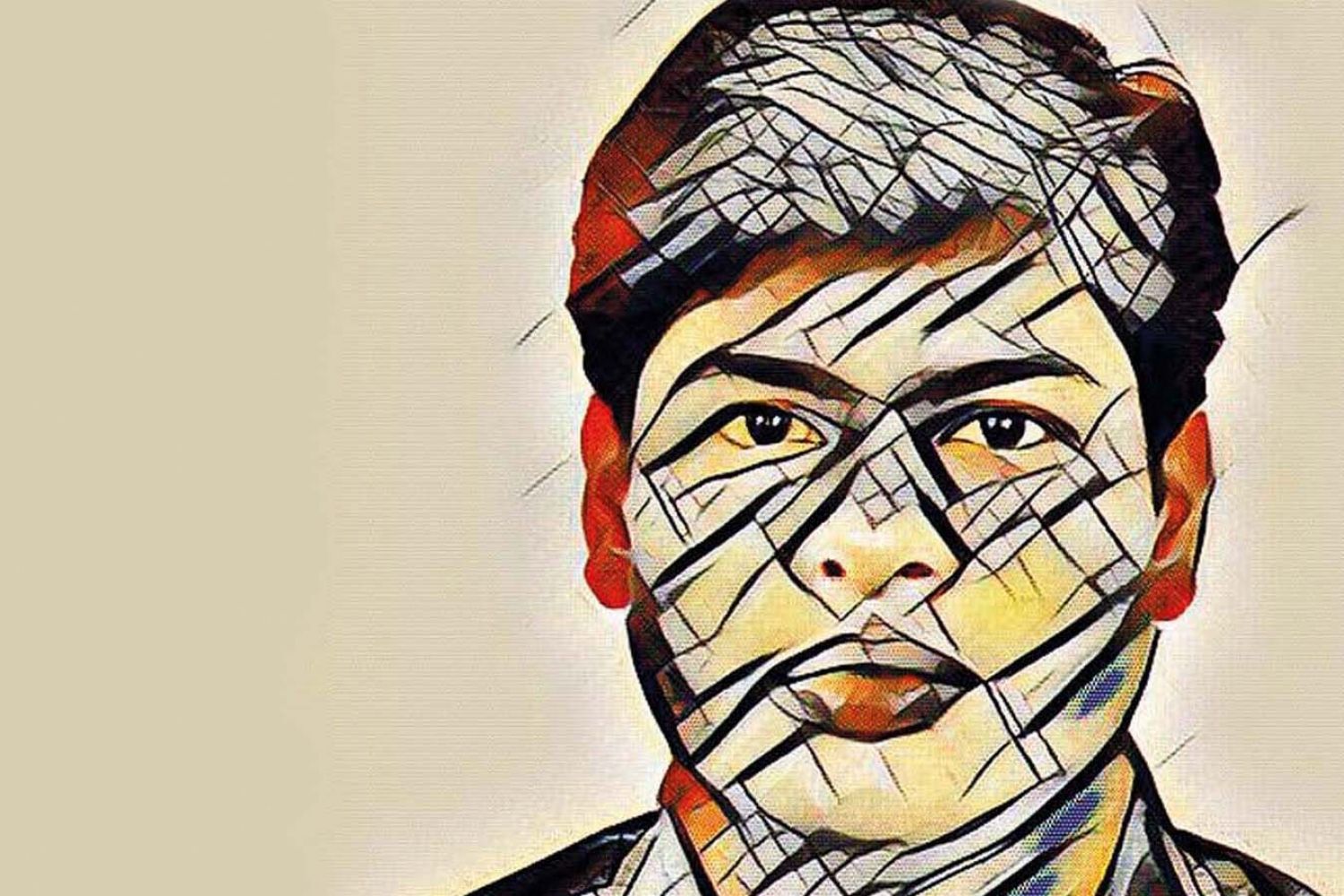
Paleoseismology is the study of past earthquakes and
paleosiesmologists study them to know what might happen in future. They collect
clues on the surface along active faults and dig deeper for evidence.
When earthquakes occur, layers of top earth surface
including sedimentary rock slip past each other along the fault, with one side
dropping down and the other side jutting out as a small cliff. This creates
fault scarps.
Jayan Perumal, a paleoseismologist at the Wadia Institute of
Geol
Continue reading “Catching the ghosts of earthquakes past”
Read this story with a subscription.





